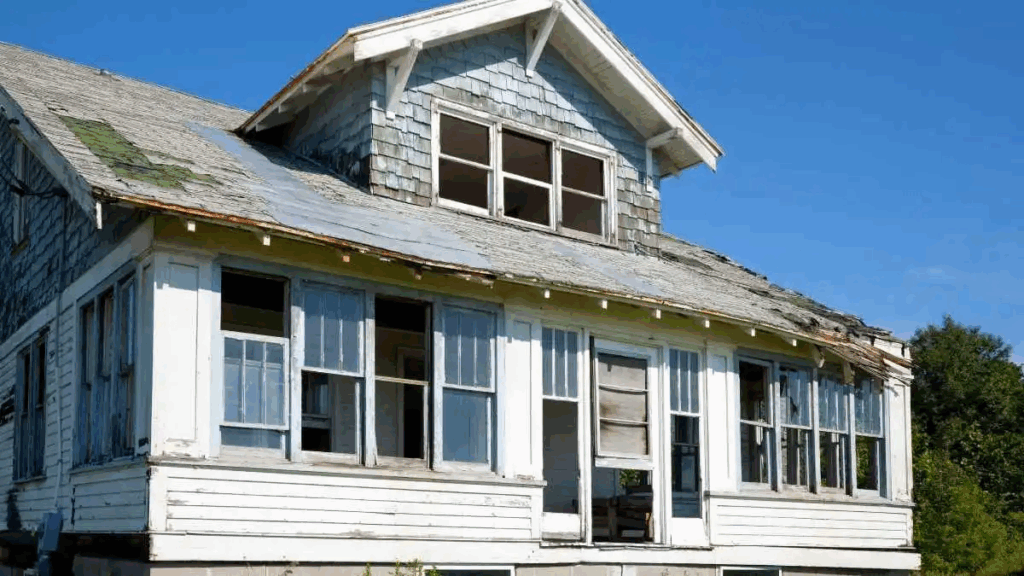Inheriting a home can bring unexpected responsibility, especially when that home hasn’t been touched in years. Instead of just unpacking emotions, you might also be dealing with structural issues, aging systems, and outdated features. Whether you’re planning to move in, rent it, or sell it, knowing where to begin is half the battle.
Let’s walk through the practical steps that make renovating an inherited home feel more manageable and less like a money pit.
First Things First: Safety, Structure, and Systems
Before thinking about cosmetic changes, you need to know if the house is even safe. The foundation, roof, plumbing, and electrical setup are your top priorities. These systems decide whether the home is functional or a major project.
Have a licensed inspector take a look. Issues like mold, termite damage, leaking pipes, or outdated wiring are common in older homes and aren’t always apparent at first glance. Catching them early can save you thousands, and it gives you a baseline for what kind of budget you’re really working with.
If the home needs more work than you’re ready for, it’s okay to reconsider your next steps. Many people wrestle with what to do next: renovate, rent, or let it go. Especially when the repair list is long, inheriting a house can raise challenging questions about what makes the most financial and emotional sense. Consider looping in a financial advisor or estate attorney if you’re feeling stuck.
Budget-Smart Renovations That Boost Value
Once the basics are covered, focus on improvements that increase comfort and resale value without going overboard. Start with the kitchen and bathrooms. Even modest updates, like new hardware, fixtures, or lighting, can make these spaces feel fresh.
Neutral paint is your best friend. It covers a lot of sins and makes rooms feel cleaner and brighter. If the floors are in rough shape, consider refinishing wood or installing budget-friendly vinyl planks that mimic the look.
Don’t overlook small details like light switches, door handles, or outlet covers. Swapping those out is inexpensive and subtly lifts the whole space. And if you’re working with a tight budget, prioritize one room at a time so the work doesn’t become financially or emotionally exhausting. Break the project into phases to keep your momentum up.
Curb Appeal Counts: Don’t Skip the Outside

Yards often show wear long before interiors do. Clearing overgrown shrubs, mowing the lawn, and trimming trees can make the home feel cared for again. A little attention to the front door, porch, or steps goes a long way in changing first impressions.
Even a quick power wash on the exterior or walkway can bring life back to the space without a complete paint job. New house numbers, a mailbox, or light fixtures can provide a fast facelift.
If you’re prepping the home for sale, curb appeal can make or break a buyer’s first impression. Think of it like dressing for a job interview — details matter. Buyers will form an opinion before they step inside, so give them a reason to keep going.
Fencing 101: Matching the Barrier to the Backyard Need
Fencing isn’t just about aesthetics; it’s about purpose. You might want more privacy, a safe area for pets, or better protection for a garden.
Wood or vinyl fences work well in suburban areas and provide visual separation. Chain-link is less expensive and does the job of keeping dogs in or kids safe. If the property sits on a large lot or near open land, animals might be your bigger concern. In that case, a heavy-duty deer fence can prevent damage to your plants without ruining the view.
Match the fence to your needs, not just what looks good in a catalog. Function should lead the way, especially if you plan on renting the home or selling it to buyers with children or pets.
When to DIY and When to Call in the Pros
Some jobs are made for weekend warriors. Others, not so much. Painting walls, installing light fixtures, or laying peel-and-stick flooring are relatively low-risk and budget-friendly. But anything involving gas, plumbing, or electricity deserves a licensed expert.
Hiring pros might seem pricey, but fixing a botched DIY job often costs more. Vet contractors, ask for references, and get more than one quote. Permits and inspections aren’t optional. Cutting corners early only leads to headaches later.
If you do take on some projects yourself, make sure you have the right tools and understand the steps involved. YouTube tutorials can be helpful, but nothing replaces proper training. Safety should always be a higher priority than saving a few bucks.
Keeping the Heart of the Home Intact
Inherited homes hold memories. You don’t have to keep everything, but preserving a few original touches can help the house keep its identity.
Maybe that’s hardwood floors that just need sanding, or a built-in bookshelf worth saving. You could repurpose an old door as a table or frame a section of vintage wallpaper as art. It’s not about freezing the home in time. It’s about carrying forward what matters.
If you’re struggling to let go of certain items or features, invite family members to share what they value most about the space. You may find a way to incorporate those elements into the renovation and share the weight of the decision-making in the process.
Focus on What Moves the Needle
A fixer-upper doesn’t need to be a financial drain or emotional minefield. With a clear plan and a bit of flexibility, you can move from overwhelmed to in control. Focus on safety, spend where it counts, and make space for a few sentimental choices along the way.
Whether you sell, stay, or rent, the work you put in now shapes what’s next for the home and you. The process isn’t easy, but it doesn’t have to be chaotic. With thoughtful decisions, you can turn an unexpected responsibility into something meaningful.

